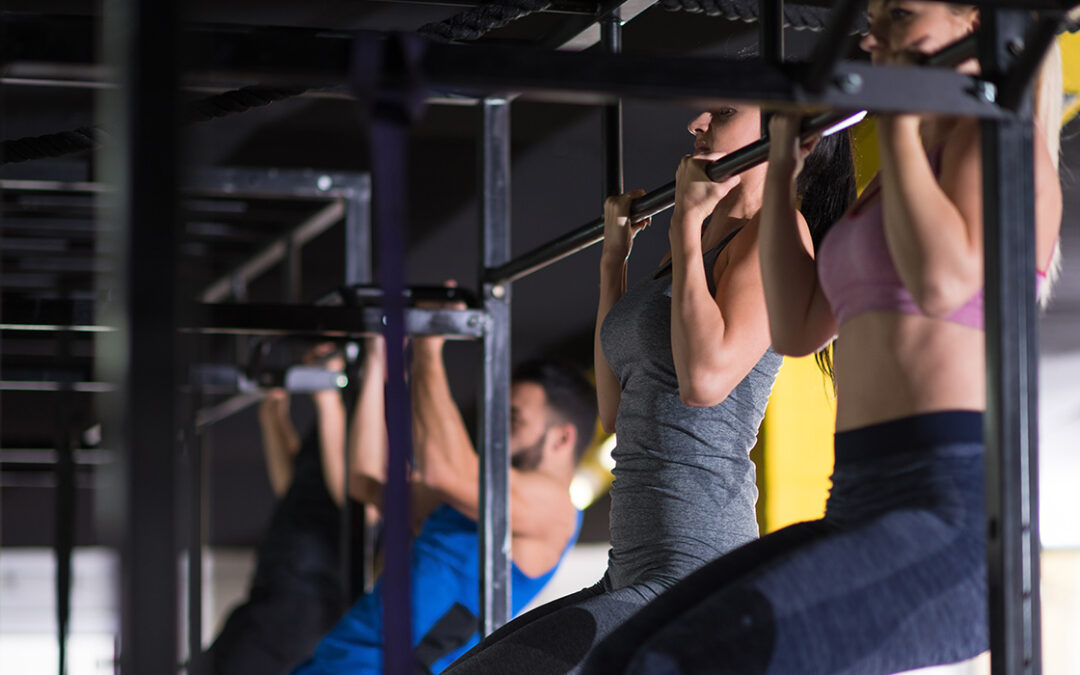
by Satzuma-Creative | Sep 5, 2023 | Training
Flexibility exercises (Stretching) stretch your muscles and can help your body stay flexible. These exercises may not improve your endurance or strength, but being flexible gives you more freedom of movement for other exercise as well as for your everyday activities....

by Satzuma-Creative | Sep 5, 2023 | Training
Post-exhaust training method basically involves a compound exercise followed by an isolation exercise. An example of this is a chin up paired with a straight-arm press down (to further fatigue the lats) or biceps curl (to further fatigue the arms). The idea behind...

by Satzuma-Creative | Aug 2, 2023 | Training
The concept of a superset is to perform 2 exercises back-to-back, followed by a short rest (but not always). This effectively doubles the amount of work you are doing, whilst keeping the recovery periods the same as they are when you complete individual exercises....

by Satzuma-Creative | Aug 2, 2023 | Training
It combines mobility exercises that increase the range of movements and motions your body can perform. These include flexibility, but also balance, pliability and strength. The full combination is the best way to avoid injury. Mobility is “proprioception” – our...

by Satzuma-Creative | Jul 2, 2023 | Training
German volume training (GVT) is an intense exercise program that builds the muscle mass and strength necessary for weightlifters to move beyond personal plateaus. It’s sometimes called the 10-sets method. The training program involves high numbers of sets and...

by Satzuma-Creative | Jul 2, 2023 | Training
MISS, or Moderate-Intensity, Steady-State, is a similar form of cardio to LISS, but with increased speed and effort. For example, if your LISS cardio is walking at a fast pace, MISS would be a jog. At the beginning of MISS, your heart rate should be around 65-75% of...







